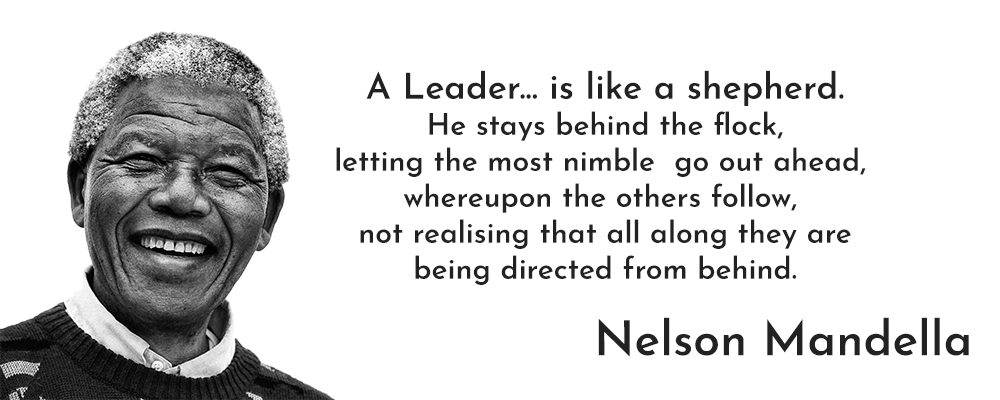Effective Leadership Skills for Political Leaders
Leadership Style is the way a person or a leader uses the power that best fits the situation to lead a group of people to achieve a common goal. Leadership style are flexible and can change based on the situation the leader is in. As an example, in a business, leader will be directing or motivating his workers and colleagues to meet the goals of the company.
There are few people who have been blessed with leadership qualities. These leaders would have inherited the skill to organize, guide, plan, lead, motivate, innovate and command their followers to follow their thoughts.
Leadership is not just about a single skill, but a good leader uses variety of skills based on the situation he is in. Its important to know two basic aspects about a leader.
- All leaders are not great leaders.
- A good leader in a particular situation might not be a good leader in another situation.
As a matter of fact there are two generic types of leaders:
- Born Leader: is a leader who has all the qualities to be a good leader.
- Accidental Leader: is a leader who has been accidentally elected as leader by a group of people.
“ A leader is an inspiration and director of the action”
Kurt Lewin in context of the second world war wrote that the word “Leadership” in psychology is linked to a name and an experiment. During the second world war, there various dictators came into power. Followers of these dictators believed in the mission without analysing the consequence of what was going to happen next.
1. Democratic Leadership:
Democratic leadership is also known as participative leadership. In this type of leadership the leader is ready to consider the inputs given by his/her followers, but the final decision is taken by the leader. In this type of leadership, the leader must be a good listener because there will be a two-way communication between the leader and his followers. Here the leader takes the decision on who would be the part of the committee.
Nelson Mandella is the best example for leaders following Democratic Leadership.

2. Autocratic Leadership:
This type of leaders is unidirectional, they just speak and try directing the group but doesn’t listen to their group feelings. So, this type of leader is called interventionist type. This type of leadership works well where the group have a lot of doubts about how to proceed with the task that they got but they are very much motivated. On the other hand, the activities of the group are controlled by their leader. For a well-prepared group this type of leadership may discourage and make them leave their group for dissatisfactory decisions taken by their leader.
Finally, autocratic leader tries to impose the feelings of superiority on the group they lead.
To better understand leaders visit
3. Delegative leadership:
Here the leaders behaves like a manager, who tries to split the overall work or mission and distributes it among the group members. In this case the leader allows his group to do work and the leader being invisible most times. This type of leadership works well if the people under a leader are motivated and highly trained. They just need a good leader to make sure they are in the right direction.
This type of leader ensures the connectivity among the group members and provides a guideline to perform task. The problem in delegative leadership raises when they don’t want to interfere but on the other hand their action is necessary. Everything falls apart easily by one destabilizing aspect.
4. Transactional leadership:
It’s an objective based leadership. Transactional leadership obtains the role of guardian for the group and motivate them. Depending on the performance and interest, leader impose punishments and rewards for the group members. In tedious and long processes this type of leadership works good as this helps the group to find intrinsic motivation easily. Therefore, motivation linked to the job they are performing.
Transactional leader tries to concentrate on distribution of work and manage it to do effectively. Sometimes the things surrounding the objective and environment within the group itself becomes a danger due the competitiveness towards rewards like prizes, promotion, incentives etc.
5. Transformational leadership:
Transformational leadership is mainly oriented on group members motivation and the leader’s intention is to make sure that the target is achieved, without neglecting other goals. This type of leadership works well when the members of the group not highly motivated or have a high degree of knowledge. These sideways objectives will be varied and difficult to manage. For example: The dynamism that is produced among the group members, the acquisition of knowledge by the people, environmental parameters, etc.
This type of leadership works well with lower pressure towards achieving the main objective.
We have seen all major types of leaderships. However, leaders need not to be unique and follow a defined type. They always need to proactive and need to act based on the situation. Usually we see diversity in leadership style that leaders follow.

